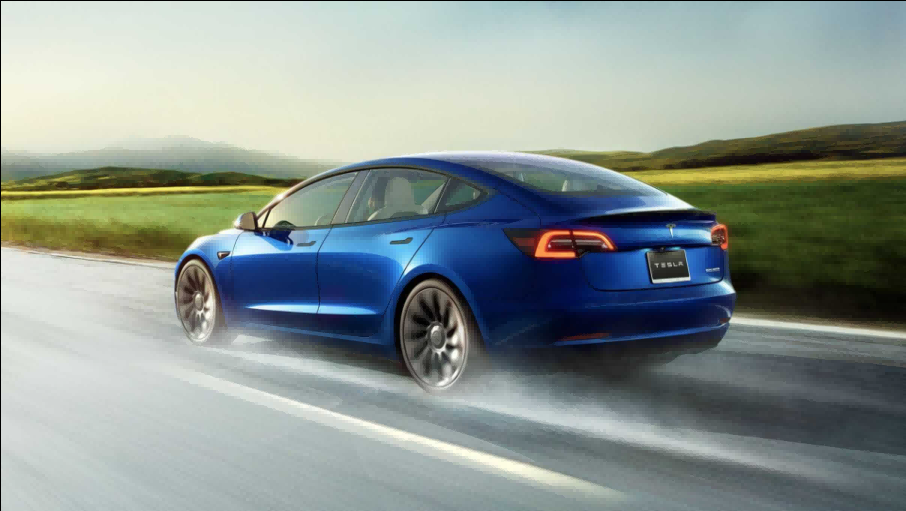Tesla, a pioneer in electric vehicle (EV) innovation, has continuously advanced battery technologies to enhance performance and expand its market appeal. Among its breakthroughs is the adoption of LFP (Lithium Iron Phosphate) battery technology in specific models, providing an alternative to its conventional NCA (Nickel Cobalt Aluminum) batteries.
What Is LFP Battery Technology?
LFP batteries are a type of lithium-ion battery that utilize iron phosphate in the cathode, replacing the nickel, cobalt, and aluminum mixture found in NCA batteries. This chemistry offers several notable advantages, including:
- Enhanced Safety: Superior thermal stability minimizes risks like overheating or thermal runaway.
- Improved Longevity: A longer cycle life contributes to better durability.
- Cost-Effectiveness: Lower material costs make LFP batteries more affordable to produce.
These qualities make LFP batteries particularly appealing for EV applications, balancing safety, performance, and affordability.
Tesla’s Integration of LFP Batteries
In mid-2020, Tesla began equipping its China-produced Model 3 Standard Range Plus (SR+) with LFP batteries. This decision was driven by several factors:
- Cost Reduction: LFP cells are less expensive to manufacture than NCA batteries, enabling Tesla to offer competitive pricing.
- Local Market Preferences: The Chinese EV market has a growing demand for cost-efficient and safe battery options.
- Sustainability Goals: LFP chemistry eliminates cobalt, addressing ethical concerns surrounding cobalt mining.
Advantages of Tesla’s LFP Models
- Safety Improvements
LFP batteries are less prone to thermal issues, providing an added layer of safety for high-performance EVs. - Extended Battery Lifespan
With a longer cycle life compared to NCA batteries, Tesla’s LFP-equipped models deliver greater durability and reduced maintenance costs over time. - Affordability
The cost savings from using LFP technology allow Tesla to produce more affordable EVs, broadening their market reach. - Market-Specific Adaptations
By introducing LFP batteries in the Chinese market, Tesla has successfully aligned its product offerings with local consumer needs, strengthening its position in one of the world’s largest EV markets.
The Road Ahead
As of now, the Model 3 SR+ in China remains Tesla’s primary model equipped with LFP batteries. However, the company’s dynamic product strategies and ongoing innovations suggest the possibility of broader adoption in the future.
Tesla’s use of LFP technology highlights its dedication to meeting diverse consumer needs while advancing sustainability and affordability in the EV space. The integration of LFP batteries in the Model 3 SR+ represents a key step toward expanding access to safe and durable electric vehicles worldwide. It will be exciting to watch how Tesla continues to innovate and refine its battery technologies in the coming years.
